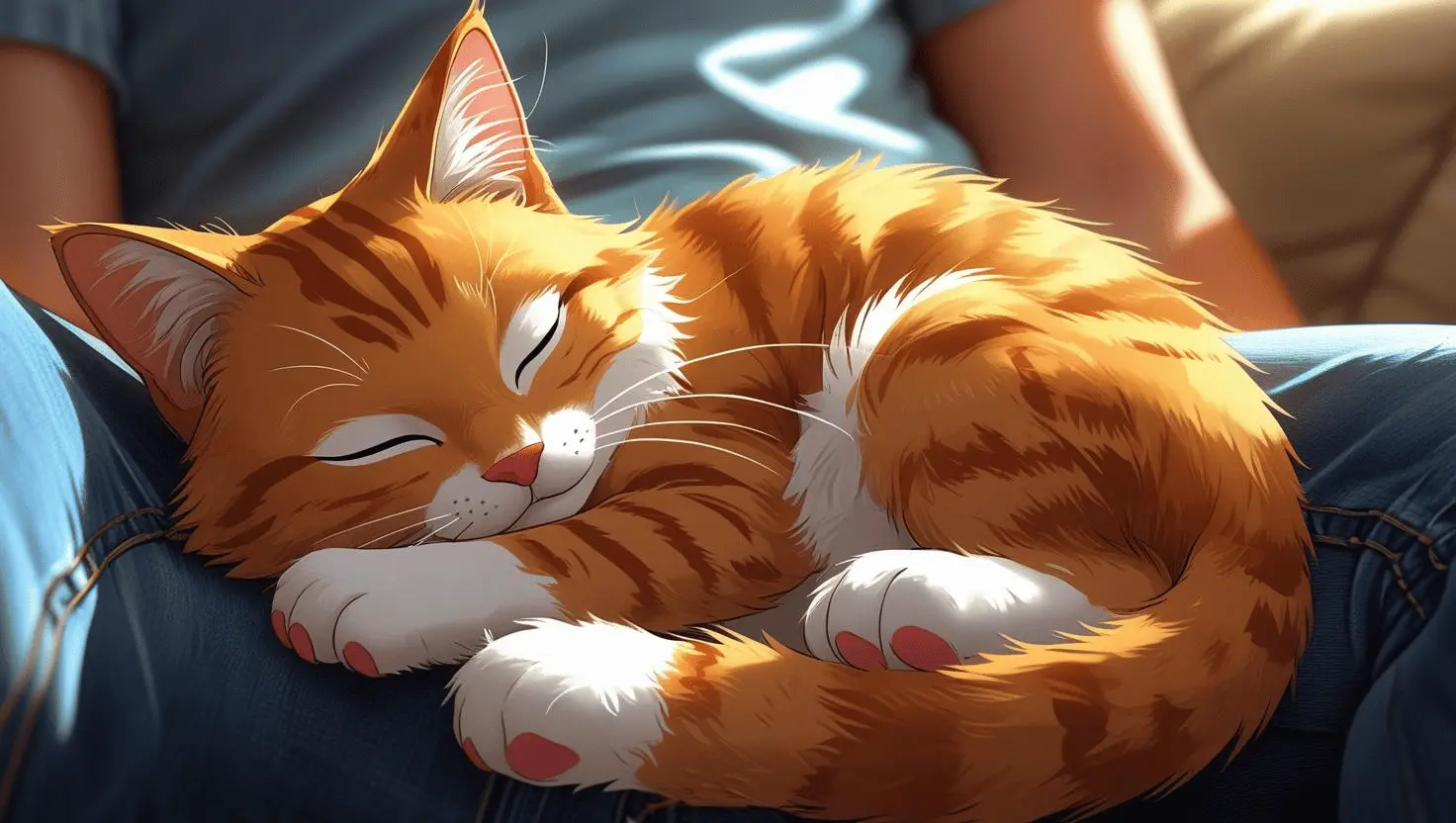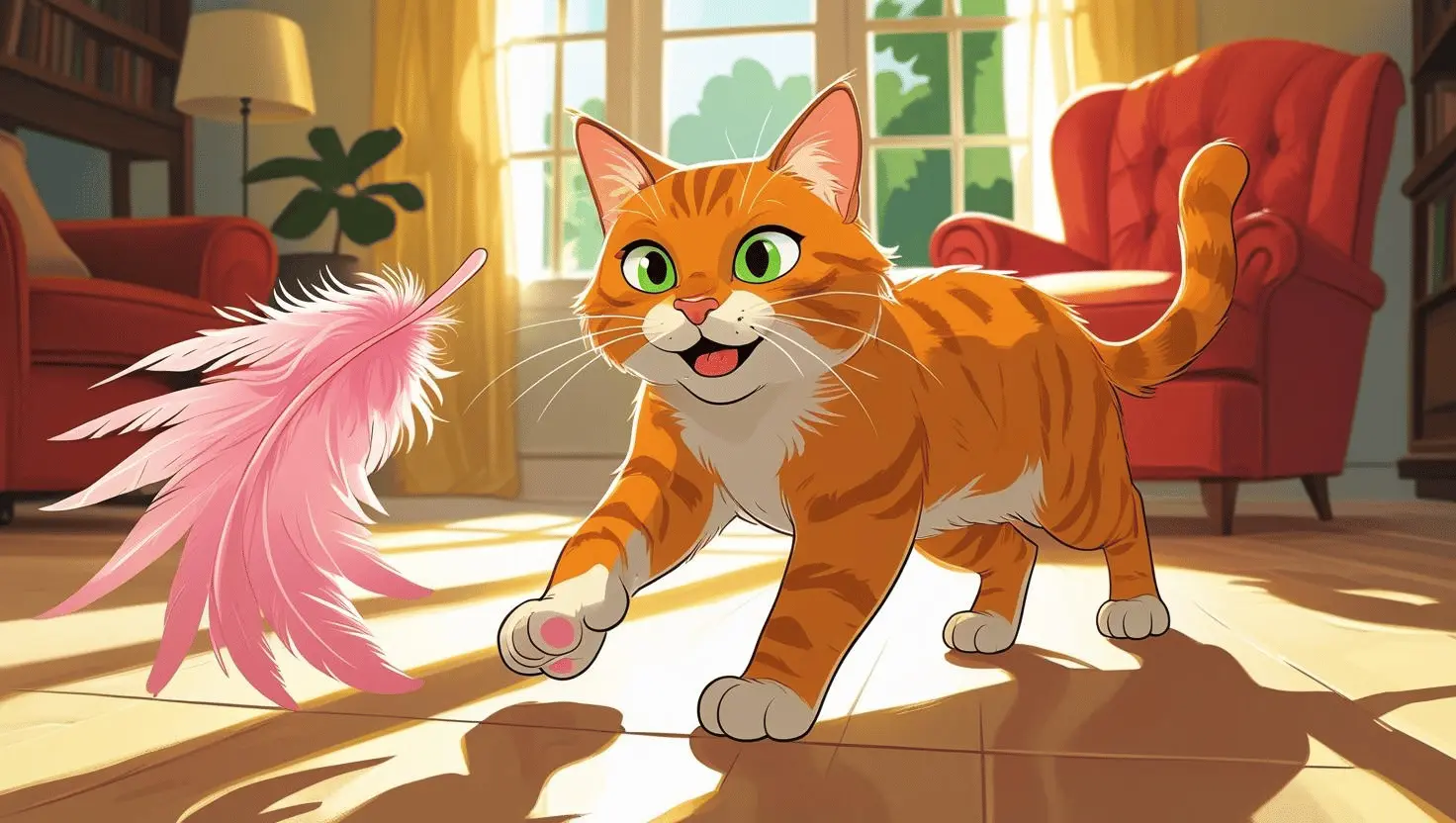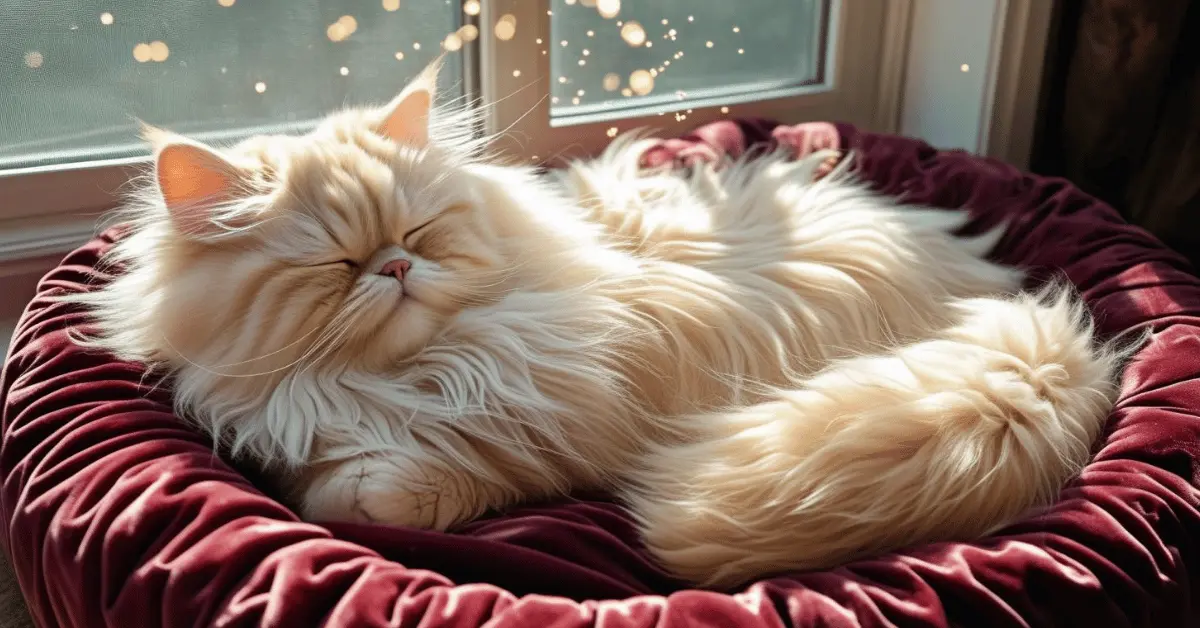If you share your home with a cat, you’ve probably noticed that your furry friend spends most of the day curled up in dreamland. Cats are well-known for their love of napping, often clocking in 12 to 16 hours of sleep daily, with some snoozing up to 20 hours.
The Natural Predator Instinct
Although today’s cats may spend their days lounging in the sun, their sleep behavior reflects the instincts of wild hunters.
Sleep Conserves Energy for Hunting
Cats are predators by nature. In the wild, hunting requires short, intense bursts of energy followed by long periods of rest. Sleeping allows them to recharge so they’re ready for their next chase. Even though house cats no longer need to stalk prey for survival, their bodies are still wired to conserve energy this way.
Cats Are Crepuscular, Not Nocturnal
Many people assume cats are nocturnal, but they’re actually crepuscular — most active at dawn and dusk. These times were historically ideal for hunting small mammals. During the rest of the day (and night), cats sleep to store up energy.
Age and Sleep: How It Changes Over Time
Just like humans, a cat’s sleep needs shift with age.
Kittens: Growing Requires Extra Rest
Kittens often sleep up to 20 hours a day. Growth, development, and play are energy-intensive, so kittens recharge frequently between playful bursts.
Adult Cats: Balancing Activity and Rest
Most adult cats sleep between 12 to 16 hours daily. They tend to settle into predictable patterns, often aligning with their human’s schedule.
Senior Cats: Slowing Down With Age
Older cats typically nap more as their metabolism slows and mobility decreases. Senior cats may also experience lighter, more frequent naps instead of deep, continuous sleep.
Related Posts
- Why Does My Cat Scratch the Furniture? 5 Fixable Reasons
- Why Do Cats Cry Like Babies at Night? 6 Surprising Reasons
- Why Do Cats Roll on the Floor When They See You?
- Why Do Cats Meow at Night? 4 Fascinating Explanations
- Why Do Cats Knead Blankets and Pillows? 5 Surprising Reasons
Environmental and Emotional Factors

Beyond instinct, your cat’s surroundings and emotional state influence how much they sleep.
Comfort and Security Encourage Longer Sleep
Cats sleep deeply when they feel safe. If your cat chooses your lap, bed, or a sunlit window, it means they trust their environment. Stress, on the other hand, may reduce sleep quality.
Weather and Seasons Can Affect Cat Naps
Cold, rainy, or gloomy weather often encourages longer naps, much like humans feel sleepier during dreary days. Seasonal changes can also subtly shift feline sleep patterns.
The Science of Cat Sleep Cycles
Cats don’t sleep in the same way humans do.
Light Sleep vs. Deep Sleep
Around three-quarters of a cat’s sleep is light sleep, where they can wake easily if disturbed. The remaining time is spent in deep REM sleep, which is vital for physical recovery and brain function.
Dreaming and Twitching During Sleep
If you notice your cat twitching, purring, or moving their paws while asleep, they’re likely dreaming. This stage of sleep is crucial for memory processing and learning.
When Cat Sleep Might Signal a Problem
Although long naps are normal, drastic changes in sleep habits can point to underlying issues.
Signs That Require Attention
- Sleeping significantly more or less than usual
- Restlessness during sleep
- Sudden nighttime activity or loud vocalizations
- Changes in appetite or energy levels
Possible Health Concerns
Excessive sleep may be linked to conditions such as arthritis, hyperthyroidism, diabetes, or infections. If your cat’s sleep pattern changes dramatically, it’s best to schedule a veterinary check-up.
Helping Your Cat Stay Healthy and Happy

While you can’t (and shouldn’t) stop your cat from sleeping, you can ensure their rest is balanced with mental and physical stimulation.
Encourage Play and Activity
Interactive toys, climbing trees, and regular play sessions mimic hunting behaviour and keep your cat physically active.
Create a Comfortable Sleep Environment
Provide cozy, quiet spaces where your cat feels safe to rest. A warm blanket or cat bed near a sunny spot can make their naps even more enjoyable.
Frequently Asked Questions About Cat Sleep
Do cats really sleep 16 hours a day?
Yes, it’s completely normal for cats to sleep 12–16 hours daily. Some cats, especially kittens and seniors, may even reach up to 20 hours of rest.
Why does my cat sleep on me?
When your cat curls up on you, it’s a sign of trust and affection. Cats choose warm, safe spots to sleep, and your body heat and scent make you the perfect resting place.
Do cats dream when they sleep?
Yes. During REM sleep, cats may twitch their paws, whiskers, or tails — signs they’re dreaming. Experts believe they replay daily experiences, much like humans do.
Why is my cat awake at night?
Cats are crepuscular, meaning they’re most active at dawn and dusk. If your cat is especially lively at night, it may be because their natural rhythm doesn’t match your sleep schedule. Evening play sessions can help burn energy before bedtime.


1 thought on “Why Do Cats Sleep So Much? The Science Behind Cat Naps”